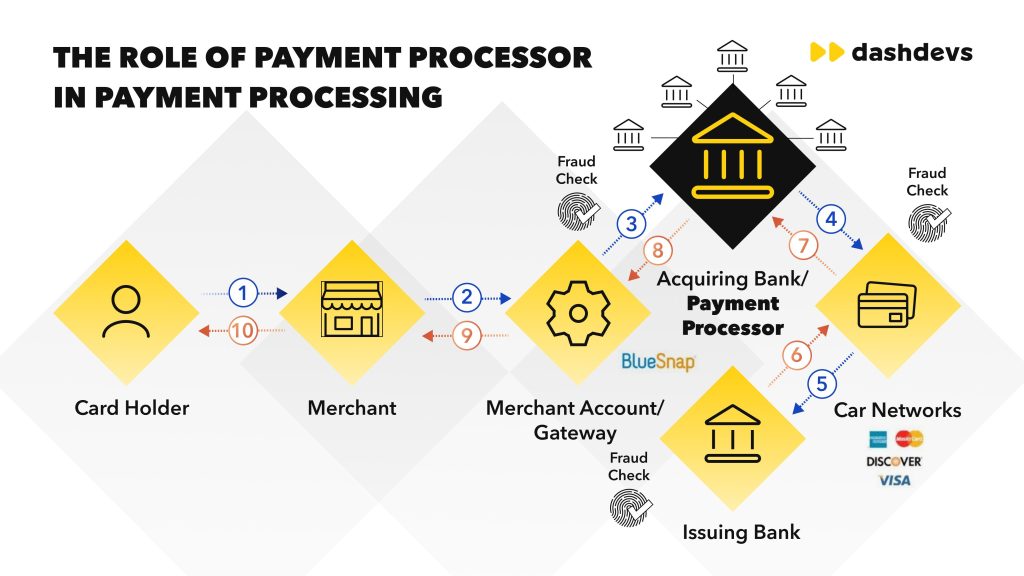
introduction
In today’s fast-paced retail landscape, businesses are constantly looking for ways to stay ahead of the competition and improve their bottom line. One key area of focus is the sales process, where a point of sale (POS) system can make all the difference. A well-implemented POS system can revolutionize your business by streamlining transactions, improving customer experience, and providing valuable insights into sales trends and customer behavior. In this article,we’ll explore the benefits of a POS system,provide practical tips for implementation,and share case studies of businesses that have successfully leveraged POS technology to drive growth and efficiency.
Benefits of a Point of Sale System
A POS system offers a wide range of benefits that can transform the way you do business. Some of the most notable advantages include:
Improved transaction speed: A POS system can process transactions quickly and accurately, reducing wait times and improving the overall customer experience.
Enhanced inventory management: A POS system can help you track inventory levels, automate stock replenishment, and prevent stockouts and overstocking.
Data-driven decision making: A POS system can provide valuable insights into sales trends, customer behavior, and product performance, enabling you to make informed decisions about your business.
Increased security: A POS system can help protect your business from theft and fraud by tracking transactions, monitoring employee activity, and preventing unauthorized access.
Personalized customer experience: A POS system can help you build customer loyalty by storing customer data, tracking purchase history, and offering personalized promotions and discounts.
Key Features of a Point of Sale System
When selecting a POS system, there are several key features to consider. These include:
cloud-based or on-premise: Cloud-based POS systems offer greater flexibility and scalability, while on-premise systems provide more control over data and security.
Payment processing: Look for a POS system that integrates with multiple payment processors and offers support for credit card, debit card, and mobile payments.
Inventory management: A POS system with robust inventory management capabilities can definitely help you track stock levels, automate stock replenishment, and prevent stockouts and overstocking.
Reporting and analytics: A POS system with built-in reporting and analytics tools can provide valuable insights into sales trends, customer behavior, and product performance.
Integration with othre systems: Consider a POS system that integrates with other business systems, such as accounting software, customer relationship management (CRM) systems, and e-commerce platforms.
Practical tips for Implementing a Point of Sale System
Implementing a POS system requires careful planning and execution. Here are some practical tips to help you get started:
Define your requirements: Determine what features and functionality you need from your POS system, and prioritize your requirements accordingly.
Choose the right hardware: Select hardware that is compatible with your POS software and meets your business needs, such as tablet computers, receipt printers, and barcode scanners.
Train your staff: Provide comprehensive training to your staff on the use and operation of the POS system, including how to process transactions, manage inventory, and troubleshoot common issues.
Test and pilot: Test and pilot your POS system before rolling it out to all locations, to ensure that it meets your requirements and is functioning correctly.
Monitor and evaluate: Continuously monitor and evaluate your POS system, making adjustments and improvements as needed to optimize performance and efficiency.
Case Studies: Real-World Examples of POS Systems in Action
Let’s take a look at some real-world examples of businesses that have successfully implemented POS systems to drive growth and efficiency:
| Business | Industry | POS System Benefits |
| — | — | — |
| Starbucks | Retail | Improved transaction speed, enhanced customer experience, increased sales |
| Walmart | Retail | Streamlined inventory management, improved supply chain efficiency, reduced costs |
| Domino’s Pizza | Hospitality | Personalized customer experience, improved order accuracy, increased customer loyalty |
Frist-Hand Experience: Implementing a Point of Sale System
We spoke with the owner of a small retail business who recently implemented a POS system. Here’s what they had to say:
“We were using a manual system to track sales and inventory, which was time-consuming and prone to errors. Since implementing our new POS system, we’ve seen a significant betterment in transaction speed and accuracy, as well as improved inventory management. We’re also able to track customer purchase history and offer personalized promotions, which has helped to build customer loyalty and drive sales.”
Benefits and Challenges of Cloud-Based Point of Sale Systems
Cloud-based POS systems offer a number of benefits, including greater flexibility and scalability, improved collaboration and accessibility, and reduced upfront costs. Though, they also present some challenges, such as:
Security and data protection: Cloud-based POS systems require robust security measures to protect customer data and prevent unauthorized access.
Internet connectivity: Cloud-based POS systems require a stable internet connection to function, which can be a challenge in areas with poor connectivity.
Integration with other systems: Cloud-based POS systems may require integration with other cloud-based systems, such as accounting software and CRM systems.
future of Point of Sale Systems: Trends and Predictions
The future of POS systems is exciting and rapidly evolving. Some trends and predictions include:
Mobile payments: Mobile payments, such as Apple Pay and Google Pay, are expected to become more widespread, and POS systems will need to be able to accommodate these payment methods.
Artificial intelligence: Artificial intelligence (AI) and machine learning (ML) are expected to play a greater role in POS systems, enabling personalized customer experiences and improved inventory management.
* Omnichannel retailing: Omnichannel retailing, which enables customers to shop seamlessly across multiple channels, including online, in-store, and mobile, is expected to become more prevalent, and POS systems will need to be able to support this.
Conclusion
A point of sale system is a powerful tool that can revolutionize your business by streamlining transactions, improving customer experience, and providing valuable insights into sales trends and customer behavior. By understanding the benefits and key features of a POS system, and also the practical tips for implementation, you can unlock efficient sales and drive growth and efficiency in your business. Whether you’re a small retail business or a large hospitality chain, a POS system can help you stay ahead of the competition and achieve your business goals.


